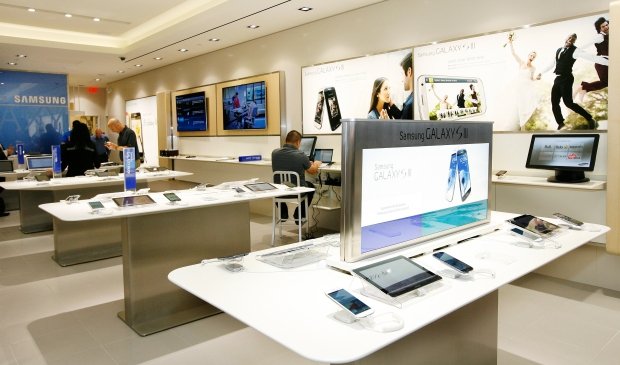The Middle East mobile phone market suffered its third consecutive quarter-on-quarter decline in Q3 2016 according to the latest figures announced today by IDC.
Shipments in the region totaled 23.8 million units, down -0.7% on the 23.9 million units shipped in Q2 2016 and -19.4% on the corresponding period last year. Given that the quarter-on-quarter decline in Q2 2016 was much steeper at -8.5%, the silver lining of these latest figures is that the rate of decline seems to be flattening out.

Every country in the GCC recorded quarter-on-quarter declines in Q3 2016, with Saudi Arabia suffering the biggest dip at -18.3%. “The effects of the challenging macroeconomic climate are being compounded by the impact of Saudization on the mobile market, which is now in full effect,” says Saad Elkhadem, a research analyst at IDC MEA.
According to Elkhadem, the law stipulates that only Saudis can now be employed within the mobile phone industry – covering sales, after-sales maintenance, and accessories. “The kingdom’s mobile market is predominantly driven by independent retailers, and the new law has taken a drastic toll on this space, with almost 50% of stores shutting down. The impact of these closures has been huge so far with an immediate drop in shipments; however the expectation is that the channel will shift slowly and steadily towards organized retail as the market seeks to correct itself,” Elkhadem said.
The UAE’s mobile shipments declined -10% quarter on quarter in Q3 2016, while the remaining GCC countries (Qatar, Bahrain, Kuwait, Oman) fell a combined -4.1% over the same period. “The underlying reason for the overall decline seen across the GCC is the continuation of low oil prices and constrained government spending in the region,” says Nabila Popal, research manager for mobile phones at IDC MEA. “The lack of overall innovation in the smartphone industry and the flattening of price declines have also reduced consumer demand for upgrades, thereby lengthening the refresh cycle. This marks the dawn of a new era for the smartphone market, since these two factors were the main drivers of the high double-digit growth rates the industry had previously become accustomed to. As such, I expect the smartphone market to see flat or modest growth at best until the next big innovation comes along.”
Despite the woes Samsung faced with the need to recall all its Galaxy Note 7 phones, shipments of which are not recorded in IDC’s Q3 2016 report, the vendor continued to lead the Middle East smartphone market with almost 35% share. Its shipments were down just -3% quarter on quarter, which given all the company went through, is a huge achievement.
Huawei followed in second place with 14.4% share, with third-placed Apple pulling in just over 11% despite the launch of its iPhone 7. A shortage of supply for the iPhone 7, together with reduced supply of Apple’s older models, was behind this performance. IDC expects Apple to rebound in Q4.
“The Middle East is no longer one of the strongest areas of growth on the global smartphone map, and its fall from this position has been rapid,” says Simon Baker, senior program manager for mobile phones at IDC CEMA. “A new middle tier is emerging in the region’s smartphone market and the old polarization between entry level and the top end is fading. In other words, the Middle East is becoming more like markets in other parts of the world.”
Channels and retailers are struggling to keep up with these developments, and we are now seeing major consolidation occurring in the market. Declining demand and diminishing margins have even caused some of the largest and most established players to cut costs, trim their headcounts, and look for alternative non-mobile business opportunities.
In more positive news, Q4 is traditionally the best quarter of the year for mobile shipments, so IDC expects the market to see modest growth of 8% quarter on quarter and 8.1% year on year in Q4 2016.











